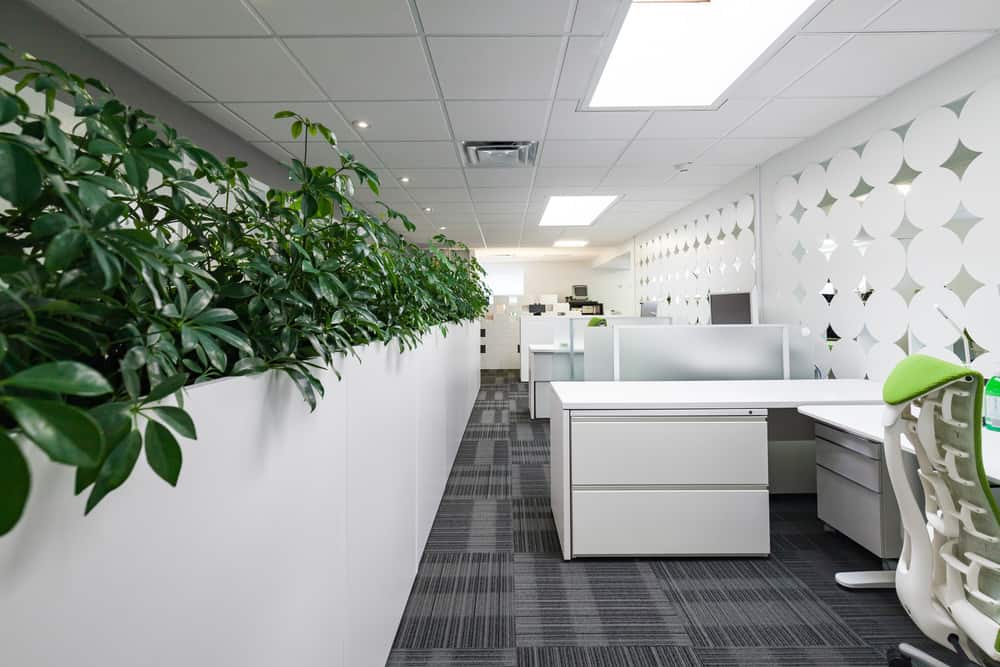I was never so aware of the sounds in my office environment as I was when they disappeared in an instant.
It only happened once, during the monumental northeast blackout of 2003, but I never forgot it. I was working in a tall building in downtown Toronto when the power went out and everybody stopped. Sure, there was a momentary hush when everyone stopped what they were doing in the sheer surprise of the moment.
But what was truly overwhelming was the utter lack of background noises and the fact that I had never noticed them before. No HVAC, no electrical hum of computers and fluorescent lighting. Even the distant fridge and vending machines in the lunchroom were eerily silent.
Now that was a long time ago, but it’s as true today (if not more so) that sound surrounds us all the time. Voices and phones and the ding of a new text message are more overt and intended to catch our attention. But there are all kinds of noises in a work environment, in the foreground and the background, and they can affect our productivity and cause elevated stress levels in your team. If handled well, sound — the right kind at the right volume — can just as easily facilitate and motivate our work if you design the sound in your office as well as the space.
Design for the Din
One of the challenges in designing for sound in your office is that everyone’s needs are different. What is soothing background music for one can be a debilitating distraction for another. Some people need total silence for focused work while other people benefit from background hubbub (think about all those writers who love to work in coffee shops!).
The good news is that there are just about as many sound solutions as there are needs. And that doesn’t mean you have to cater to every individual. By considering the types of work done in your office, by whom, when, and where, you can leverage your floor plan and a variety of products to create flexible work zones where everyone can find what they need.
We Can’t Always Close the Door on Noise
Offices have evolved from focusing on private offices to the modern ideas of open concept, and now back to more of a middle ground. This is often achieved using zones that are designed based on functionality over hierarchy and other considerations. While some jobs may still need (or want) that corner office, that level of privacy can be balanced with more collaborative open areas and quieter areas to allow for critical focus when it’s needed.
Private offices are less common in today’s world of open workspaces, but they still have their place. Perhaps you might want to consider allocating the offices you have based on the type of work that needs privacy and quiet. Even so, a closed door isn’t necessarily the sound barrier you need it to be. The solutions proposed below can be integrated into even private offices to help absorb sound.
Fabric is Your Friend
Open offices come in many forms, from panelled cubicles to long shared tables. If your office is divided, be sure to choose fabric panels and tack board surfaces over drywall or metal. Soft surfaces, whether in cubicle walls or soft seating, are more sound absorbent and will soak up some of the background noise rather than bouncing it off harder surfaces. Lounge areas with sofas, chairs, and even soft-sided coffee tables can be a great place to meet but they also are more efficient from a sound perspective. And suddenly the furniture you already needed anyway is doing double duty. Talk about hard-working and productive!
Designed for the Job
In larger and more open areas, acoustic products that are specifically designed to absorb sound can also be put to good use — and are just as capable of multitasking. Acoustic panels can be used to line the walls of an office or area instead of painted drywall. They can also be suspended to serve as dividers between areas. Brand-friendly colours can be used with patterns and designs cut into the panels so they augment the visual design as seamlessly as they do their job of absorbing sound. In conference rooms and high-ceilinged areas, grids of baffles can be suspended above a table in a variety of shapes and designs, every bit as much of an architectural feature as they are a practical addition. Some lighting suppliers will even make lampshades and other fixtures from acoustic panels to shed a little light on your noise challenges.
Mask It Up (Don’t worry, we don’t mean face masks)
The concept of sound masking might sound counterintuitive, but it’s amazing how much it can help to add sound to the mix. The key is to add the right kind and amount of sound in a strategic way, which is to say ambient noise. The result is that human voices (at a conversational level) will be less distinct and therefore less distracting. Not only does this boost productivity, but your team can feel more comfortable in the conversations they need to have in the course of business when they know it won’t be so easily overheard. This is achieved in a few different ways with a series of small speakers installed either overhead or underfoot so that sound can be directed as, well, directly or indirectly as is needed.
There’s Always an Opportunity to Get Creative
Beyond the products that are designed to manage sound or can be leveraged for the job, there are other unique solutions that are artistic and eye-catching. In our offices, we use moss-covered circles to decorate our walls. We have clients who have used a variety of moss styles and colours (yes, there are different styles and they can be dyed in many colours) to create visual art in a larger format or as a stylized version of their logo. Moss is a triple threat looks good and provides environment-friendly greenery, is easy to maintain, and is also great at helping to manage sound. Plants in strategic locations in your office can also help with sound (and air quality, not to mention contributing to a more comfortable and welcoming feel throughout the office).
We can help you assess your office layout and workflow for ideal ways to integrate sound management techniques and products into your design so that your office appeals to the ears as much as it does to the eyes.

